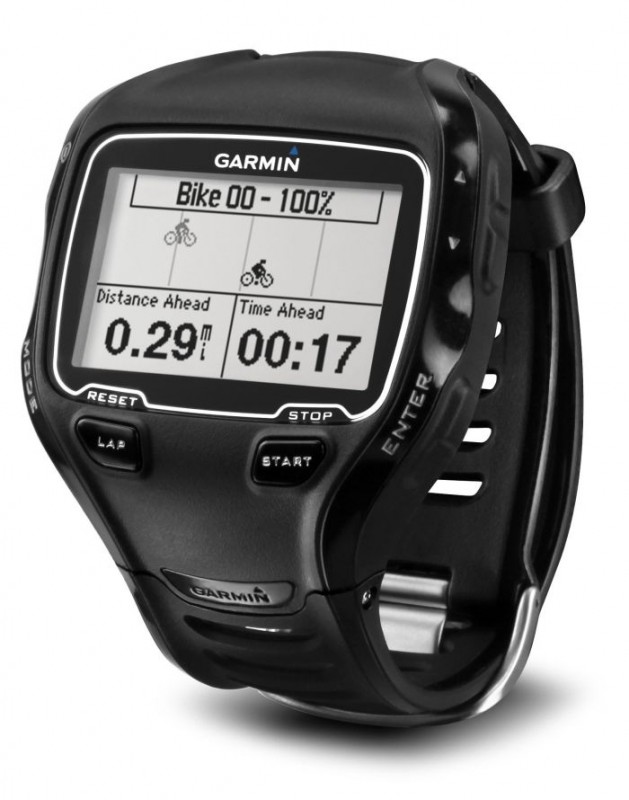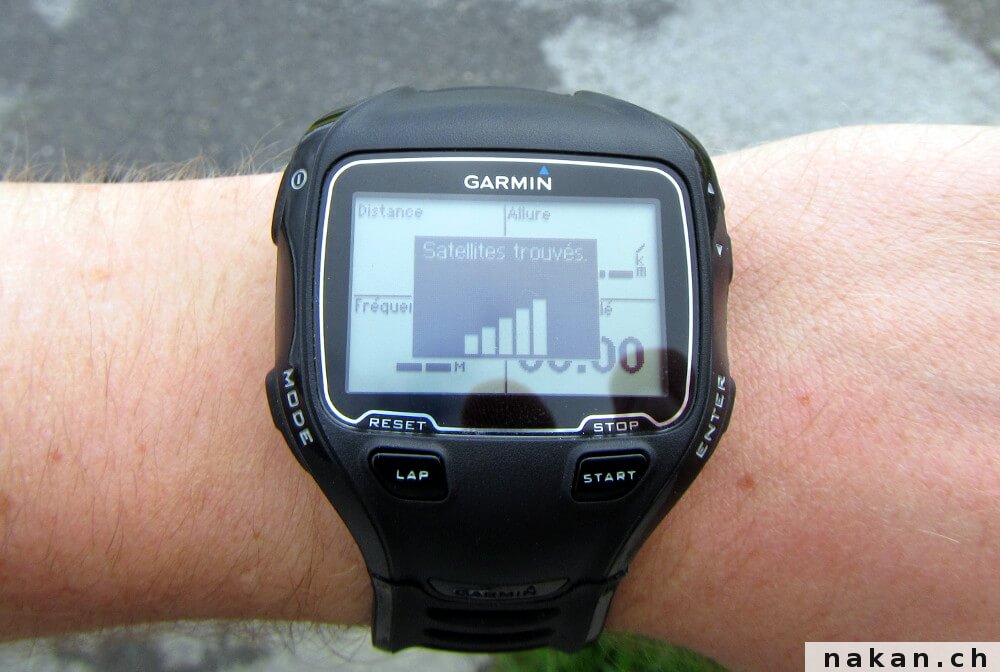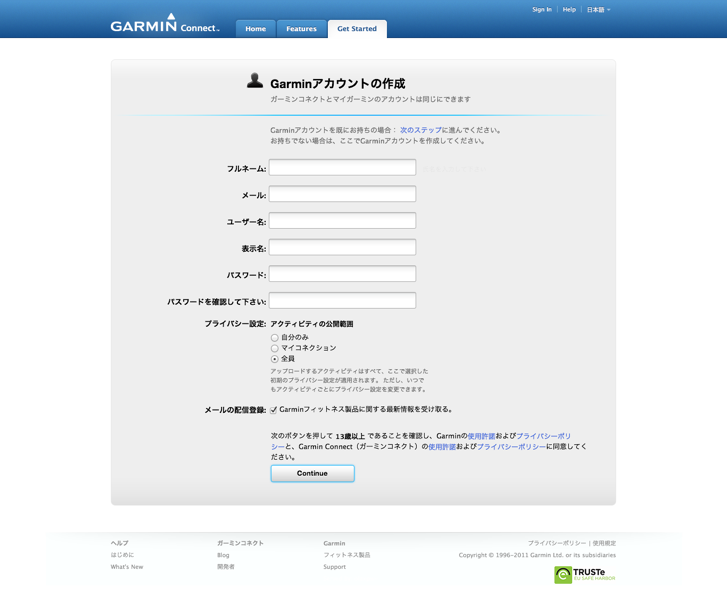

Think of them more like reference guides than quick and easy summaries. Like all my reviews, they tend to be pretty in depth (perhaps overly so) – but that’s just my trademark DC Rainmaker way of doing things. But are these changes and others enough to get you running to pickup the latest model? Well, stick around and I’ll explain. The watch builds on many areas that the FR305 and then FR310XT had – including a slimmer profile then either of those watches, and a new pool swimming mode to track your distance while swimming laps. Or, it could be the device registration in the ant agent.The Garmin Forerunner 910XT represents the next generation triathlon/multisport watch from Garmin. The device information is stored in the FIT files.

I waited for that feature probably for the same reason that you want all devices to have wifi upload. I have a Fenix 2 that I use for running, swimming and outdoor activities (canoeing, hiking). It may have the form and function of the new 620 (wifi, bluetooth) but just with swim metrics. I think it is a safe speculation that a replacement for it will occur over the next few months. But, if you are doing triathlons, it is still about the best thing going. My wife struggles at time to get things sync'd up. Its a great watch but is clunky with respect to battery management (my wife's is always dead and in need of a charge at the wrong time) and connections with the computer. That was just about the time the bluetooth LE protocol was a reality and was available in the iphone 4s. Strava is talking to your computer.Ĭlick to expand.The 910 was first released in early 2012, so it is 2.5 years old. It is just what is required for your computer to communicate with the watch. I need to update this with the current practice as some of the third party syncers don't work as well any more.Īs for the Ant+ stick and strava, correct, it has nothing to do with Strava. A year ago I wrote a blog post on some of my data challenges. If you are someone like me who likes to spread the data all around, this is a major step forward - better data fewer moving parts in between. You get to review the data on other sites (which offer different end user experiences) without additional steps along the way Garmin then relays the file to Strava, Endomodo or others. Upload from device to Garmin Connect via some communication protocol (wifi, bluetooth connection to phone) The automatic push from connect means the ride data goes to places you want it to go without further intervention.

Most of the new garmin line sync via bluetooth or now wifi. This works fine for legacy devices and is perhaps why you are not seeing any benefit. This is fine provided you have a computer and sync your device with a computer. Now what you used to have work was that strava was using a communication agent to read the file off your local computer and upload it. The data fields are different and the data may be altered. This is very different from downloading a GPX file and then uploading it someplace else. It also pushes the FIT file with little or no post processing on it. alternatives? Well, it happens automatically for one. So, what's the difference in pushing the data vs. They have traditionally lagged far behind from a data integration perspective. That is a huge change in practice for Garmin.

The fundamental difference is that Garmin is pushing the data files to Strava (and soon additional websites). You will need to delete the ant agent, and have express installed if you choose this method.Ĭlick to expand.It's subtly different from an end user perspective and fundamentally different in other ways. There is also a new linking between Garmin Connect and Strava. TCX files from your Garmin Connect activities to upload to Strava from Please follow this link for more details: Use a 3rd party tool like CopyMySports to automatically sync your Garmin Connect activities to Strava.Įxport. We are investigating possible solutions to this problem, and Garmin is working towards a solution - but for now there are three workaround solutions that might suit you:Įxit/Uninstall Garmin Express, and return to using the Ant Agent software as you previously did. With the release of Garmin Express, there has been a change in the way that Garmin transfers files from your ANT+ device - making them no longer accessible to Strava (via the Garmin Communicator Plugin).


 0 kommentar(er)
0 kommentar(er)
